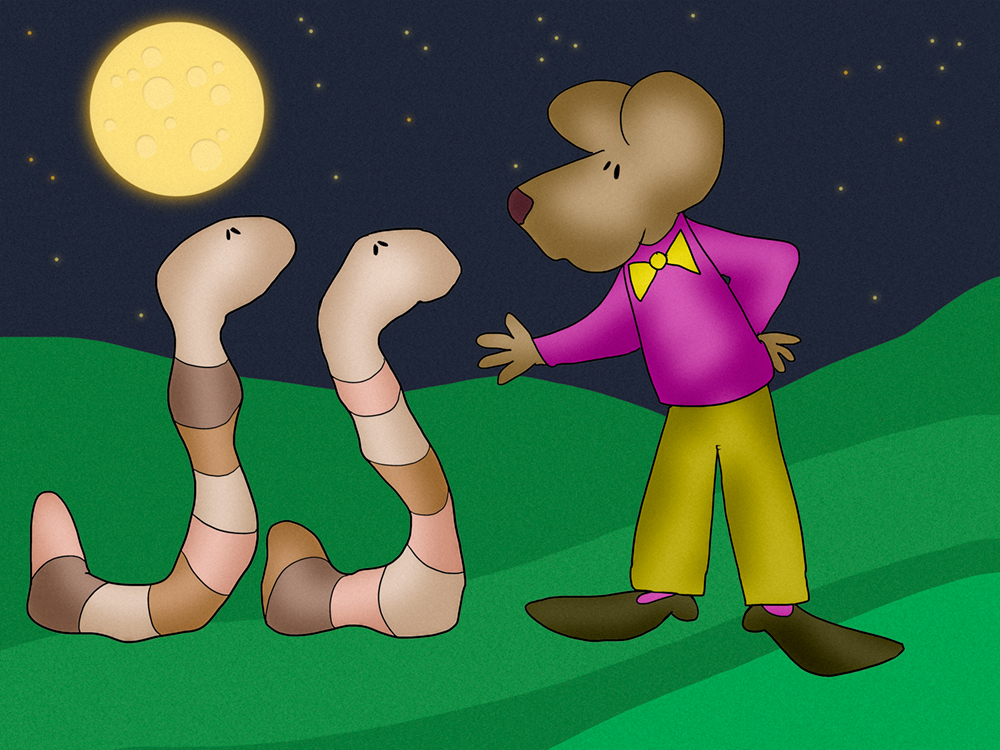There was a time, a long time ago, when the moon was just the beautiful moon. It is, after all, the same moon, that every single person looks up to the sky at night, and sees. (This is a good reminder to us, about our equality here, on this ball, that looks out on other balls.) But. In those long ago years, unless you were very keen about the things in the night sky, or perhaps, carried a copy of The Farmer’s Almanac in your pocket, you simply looked up, and there it was. At face value. It could be a sliver of a slippery light, or a big glowing chunk.
When it was exactly full, or waning gibbous, or waxing its car, was mostly guesswork. These days, we can find every single fact and detail of that moon, with just a touch of a phone screen.
And then there was its name. A full moon was a full moon was a full moon. Now, we have the Black Moon, the Wolf Moon, Ice Moon, Pink, Flower, Buck, Wort, Barley, Beaver, Hunter, and on and on. And on. Not to mention the old favorites, Harvest Moon, and Blue Moon. I guess they’ve always been named those things, we just weren’t so privy to all of the nomenclature before now.
But here we are in March. And this one is called the Worm Moon.
The reason why is pretty snappy. As you may have guessed, it has to do with earthworms — the ones that wriggle out of the ground. Of course, this happens when the earth begins to thaw. Right now, in March.
I’d never heard of this term before today. Good reason. It was called the Worm Moon only by Southern Native American tribes. As I have found out, there’s no way the Northern tribes would have ever called it the Worm Moon.
And here is the “Why”. A WAY log time ago, earthworms did not exist in Northern America. We have them now for sure. But that happened when those pesky colonists came settling in. All the earthworms we have in Northern America are invasive species brought in by those colonists. Or. Invading Immigrants if you will.
These earthworms came by boat. With little sailor caps on, I’m sure. The may have been brought over in a misguided intent to help fertilize the soil. Maybe. Or by accident — in transported plants and such. Or in the soil they used to put in the ballasts of ships. No matter. They were stowaways.
But nature had already snuffed out those worms long before. During the Ice Age. The frosty glaciers had spread so far and wide over Canada and the United States that all earthworms were completely wiped out. Froze their little butts off.
And then, when that deep ice melted — around 12,000 years ago — all the good green of the lands grew back. Fields and forests adapted to their new soil. Minus the worms. So there it is.
That is why the Southern tribes call it the Worm Moon. They still had worms down in those warmer parts of the world. And the wormless North? Those Indian tribes refer to it as the Sap Moon instead. It is their reminder to begin tapping maple syrup out of trees. Another piece of magic.
Either way, the March full moon tells us things of Spring. And it is safe to call it the Worm Moon here, because just this morning, I saw a Robin with a worm in its mouth.
And Spring begins in full. With that good full moon.
“Is the spring coming?” he said. “What is it like?”…
“It is the sun shining on the rain and the rain falling on the sunshine…”
― Frances Hodgson Burnett, The Secret Garden
============
“It is spring again. The earth is like a child that knows poems by heart.”
― Rainer Maria Rilke
===========
“I enjoy the spring more than the autumn now. One does, I think, as one gets older.”
― Virginia Woolf, Jacob’s Room
===========
